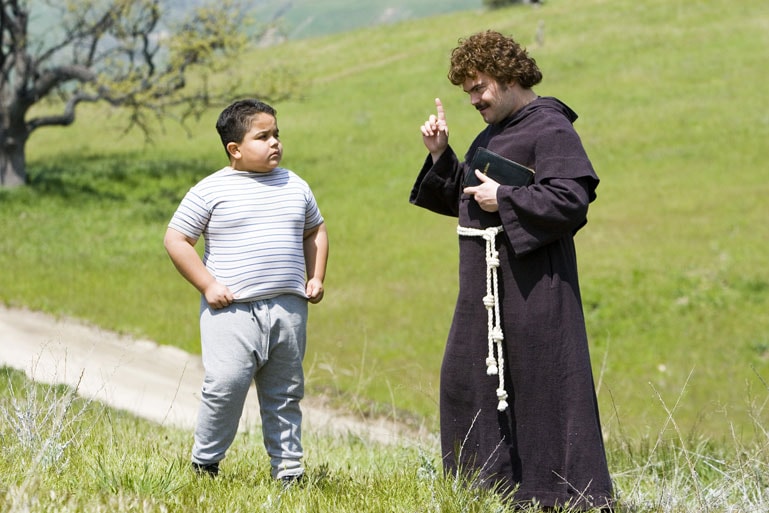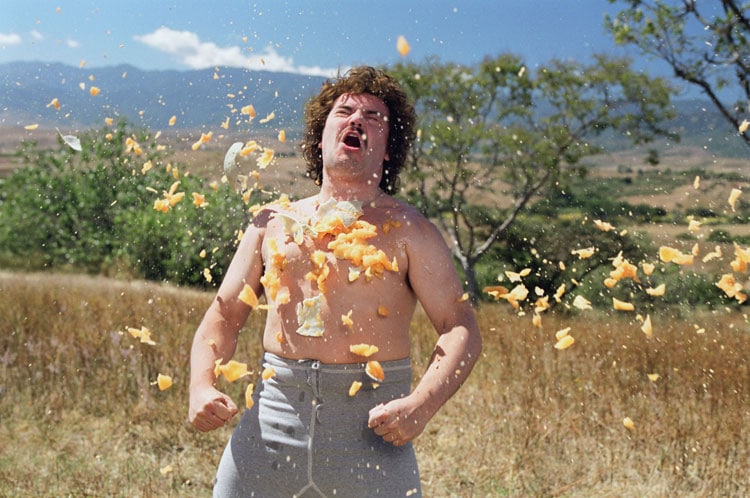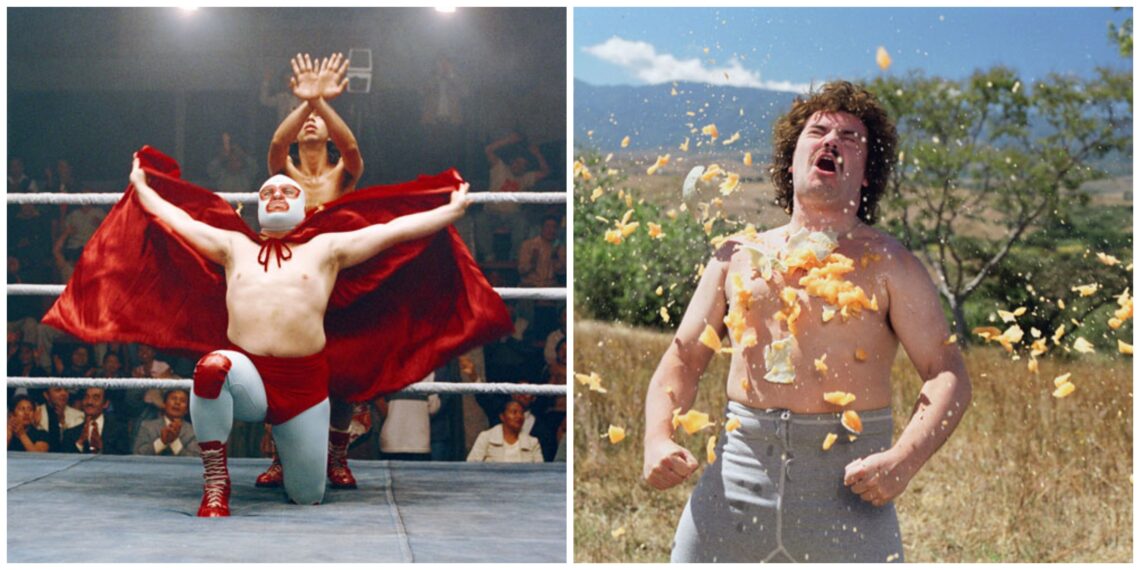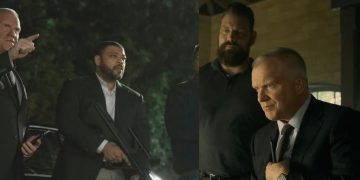Jack Black is a funny man, but not in “Nacho Libre”. That must have been very demanding for him. Whenever he appears on the screen, the audience automatically begins to smile as soon as they see him. It takes some work to make a non-comedy movie, but this does it.
The plot of the movie looks fine in theory and on paper. Jack is seen as Brother Ignacio, a monk who resides in the black water of Mexico. He cooks for orphans and is enamored with the beautiful Sister Encarnacion, played by Ana de la Reguera.
He wants to be popular and make a lot of money to cook more and more good food for the orphans, so he starts a secret career as a masked wrestler.
It is believed that the movie was entirely shot in Oaxaca, Mexico. Many of the exterior shots were filmed there, but the interiors of the movie were filmed on the Universal Studio backlot.
The main plot of the movie takes place in the Municipality of Villa de Etla, especially in the Sanctuary of Las Pentias in the outer region of Etla, with a few night scenes shot in Oaxaca Centro.
Where was the filming done?
The production of “Nacho Libre” took place primarily in Mexico, with a few additional locations in the surrounding areas.

The majority of the production took place in Oaxaca, Mexico. The field trip scenes at the end of the movie were shot at the Monte Albán archaeological site in Oaxaca, Mexico.
Most of the locations in the movie were simple, such as the Sanctuary of Las Pentias.
The Nacho Libre Church, also known as the Sanctuary of Las Pentias, is often depicted as standing on a rocky hill overlooking the region of Etla.

Natives of the place believe that after creating the earth, the gods rested there, leaving impressions of a knee and footprint on a boulder, which are visible upon entering the foothill.
Mercado Municipal de Villa de Etla
The exterior of the Mercado Municipal de Villa, also known as Mercado Municipal Porfirio Díaz, served as the backdrop for some crucial scenes in the movie.
Exterior Locations of Oaxaca Centro
Arena Oaxaca:
The fighting arena depicted in the movie “Arena Oaxaca” does not exist in reality. Instead, it is a massive public parking space that occasionally hosts lucha libre tournaments.
Templo de San Agustín:
For a few seconds in a scene, you can catch a glimpse of the fortified walls of Templo de San Agustín, located a short walk south of El Zócalo. The north portion of the church was featured in the scene.
The House of Señor Ramon and La Fuente De La Lágrima:
Unfortunately, this home has been demolished to make way for a Starbucks café, so nothing remains of the former governor’s residence. However, the water fountain still stands as a nostalgic reminder of the past.

The house behind Fuente de la Lágrima is still standing and features the same wooden door seen in the movie.
Acueducto de Oaxaca and Calle de Nacho
Just a short walk from Santo Domingo in Plaza Cruz de Piedra, you’ll encounter the remnants of the ancient aqueduct that runs from Barrio de Xochimilco.
Exterior Locations
Zona Arqueológica de Monte Albán
The final scene of the movie was filmed in the ancient, stunning city of Monte Albán, a must-visit destination.
Mexican Street
As previously mentioned, most of the exterior scenes were shot at Universal Studios Hollywood, particularly on Mexican Street.
Is the movie based on a true story?
Yes, “Nacho Libre” is based on a true story, although not entirely. It drew inspiration from Sergio Gutiérrez Benítez, a.k.a. Fray Tormenta, born in 1945. He had a troubled youth and battled addiction.

He swore to always help the one in need after an addict died in his arms. To help the people, he opened an orphanage. Later, he became a priest in the Diocese of Texcoco, outside the city of Mexico.




